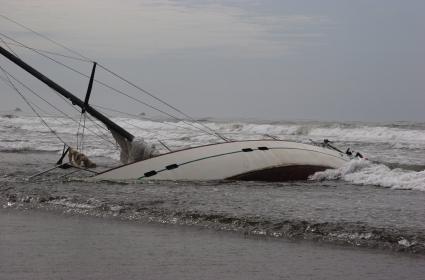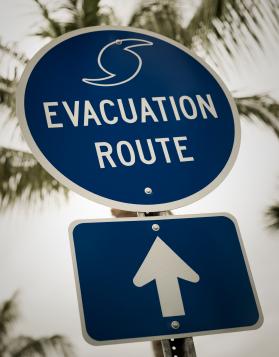 When Hurricane Andrew struck Florida on August 24, 1992, the tumult it created for the property insurance market in the state has not ceased in the 20 years since, according to a recent analysis by the Insurance Information Institute.
When Hurricane Andrew struck Florida on August 24, 1992, the tumult it created for the property insurance market in the state has not ceased in the 20 years since, according to a recent analysis by the Insurance Information Institute.
A new I.I.I. white paper, “Hurrricane Hurricane Andrew and Insurance: The Enduring Impact of a Historic Storm,” outlines key insurance market changes attributed to the costliest disaster in Florida history.
Insurance claims payouts for Andrew totaled $15.5 billion at the time ($25 billion in 2011 dollars) and it remains the second costliest U.S. natural disaster, after Hurricane Katrina, which hit in 2005.
“The cost of Hurricane Andrew is only part of its legacy,” Lynne McChristian, Florida representative for the I.I.I. and the author of the paper, said in a statement. “The storm revealed that Florida’s vulnerability to hurricanes had been seriously underestimated, and that wakeup call was responsible for many of the insurance market changes that have occurred in coastal states over the last two decades.”
Hurricane Andrew forced individuals, insurers, legislators, insurance regulators and state governments to come to grips with the necessity of preparing both financially and physically for unprecedented natural disaster, according to the I.I.I.
In the years since Andrew struck, insurance companies have come to increasingly rely on reinsurance obtained from the state’s catastrophe fund and the global reinsurance marketplace. They’ve also developed a much more accurate gauge of the probability and likely cost of damage to the properties they insure
Andrew also built the case for strong building codes and it showed that mitigation matters. An intense hurricane has a way of motivating people to invest in retrofitting their homes and makes them want to actively engage in the types of preparation that reduces their risk.
 While the composition of the property insurance market has changed after Hurricane Andrew, many Floridians are under the mistaken impression that consumers have little choice in insurance carriers.
While the composition of the property insurance market has changed after Hurricane Andrew, many Floridians are under the mistaken impression that consumers have little choice in insurance carriers.
The paper notes that private insurance companies write at least 77 percent of all residential insurance policies in Florida.
In 53 of the state’s 67 counties, private insurers have more than 80 percent of the residential policies written.
Among 33 of those counties, private insurers write at least 90 percent of the homeowner’s insurance coverage.
At the same time, Citizens Property Insurance Corp. has grown from a market of last resort to the state’s largest insurer since its inception in 2002, growing by 230 percent, from $154.6 billion in total exposure to $510.7 billion in 2011, according to the report.
The I.I.I. points out that steps are being adopted to reverse the trend, yet the changes will happen over time—not overnight. In the meantime, all Florida residents remain liable for paying a portion of Citizens’ losses after a big storm, whether or not they have a policy with the state-run company.
As the peak of hurricane season approaches the fundamental challenge of Florida’s vulnerability to catastrophic damage remains, the report indicates. The exposure to damage has increased over the course of two decades, from continued construction in coastal areas and an influx of new residents.
By 2030, the population in Florida is expected to grow faster than any other state—an increase of 12.7 million people, according to the U.S. Census.
The coastal areas of Walton and Santa Rosa counties are expected to grow dramatically and are among the top five U.S. projections for coastal population growth, according to a study by the National Oceanic and Atmospheric Administration. This shows Andrew had little effect on diminishing demand for high-risk property.
A repeat of Hurricane Andrew on its 20-year anniversary would produce more than twice the losses of the 1992 storm, as much as $57 billion in insured losses, according to estimates by AIR Worldwide Corp.
For an in-depth look at insurance and recovering after a hurricane, see our story “Fiscal planning key to hurricane season survival.”











